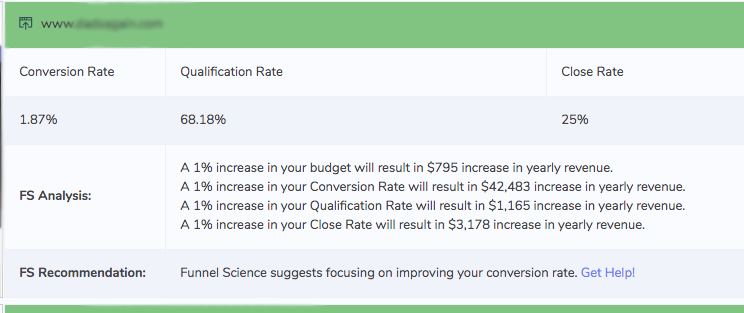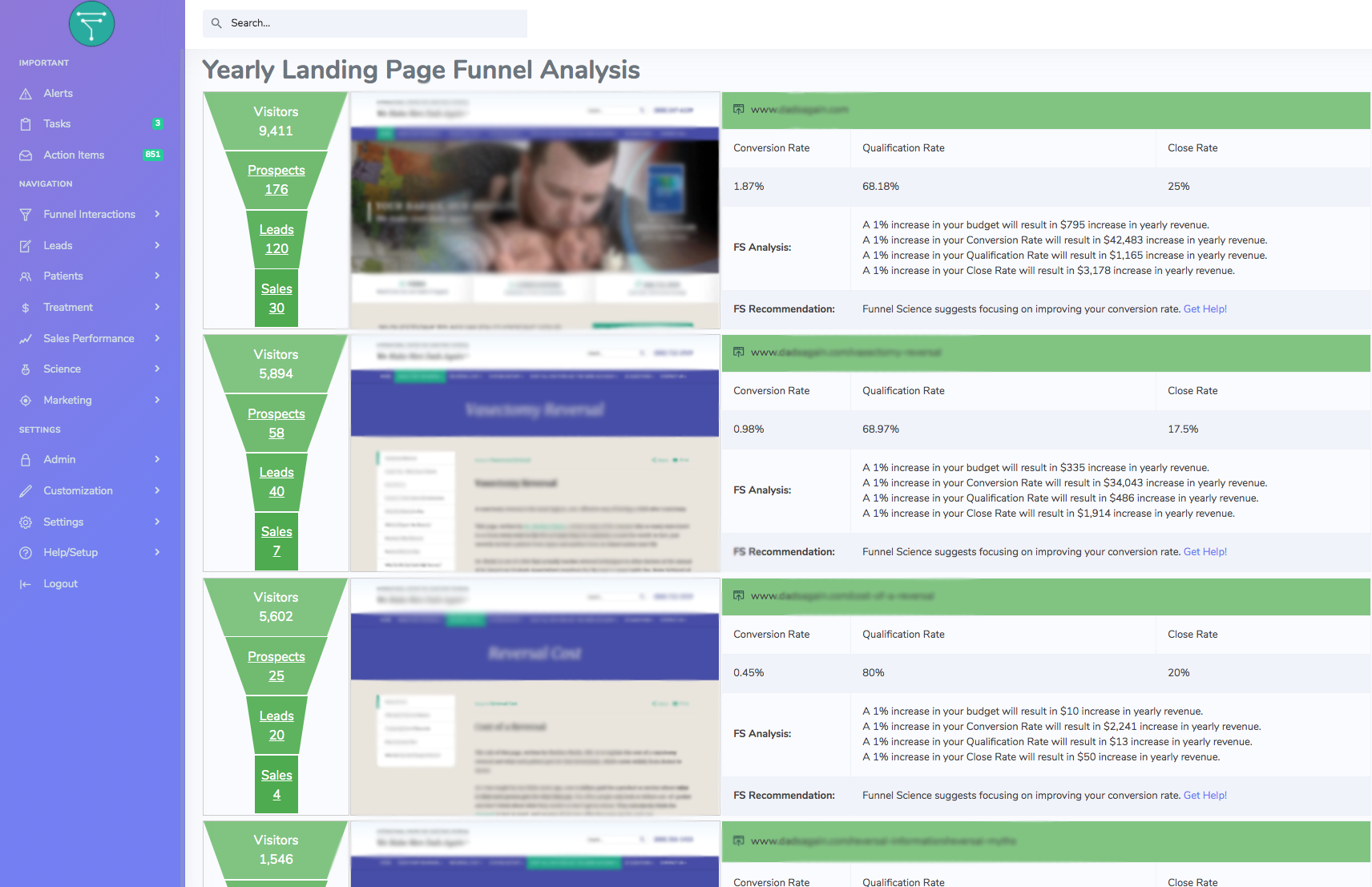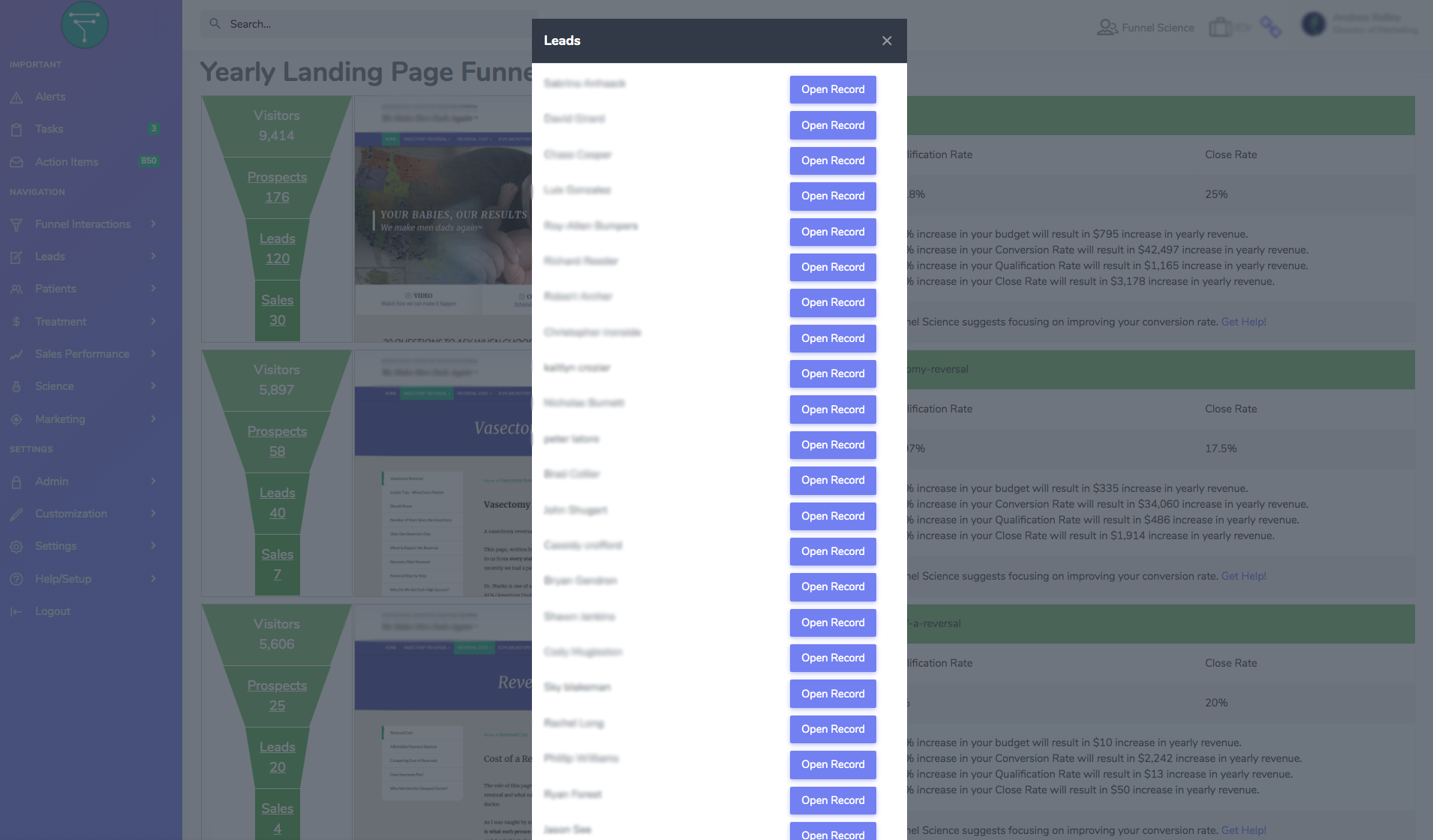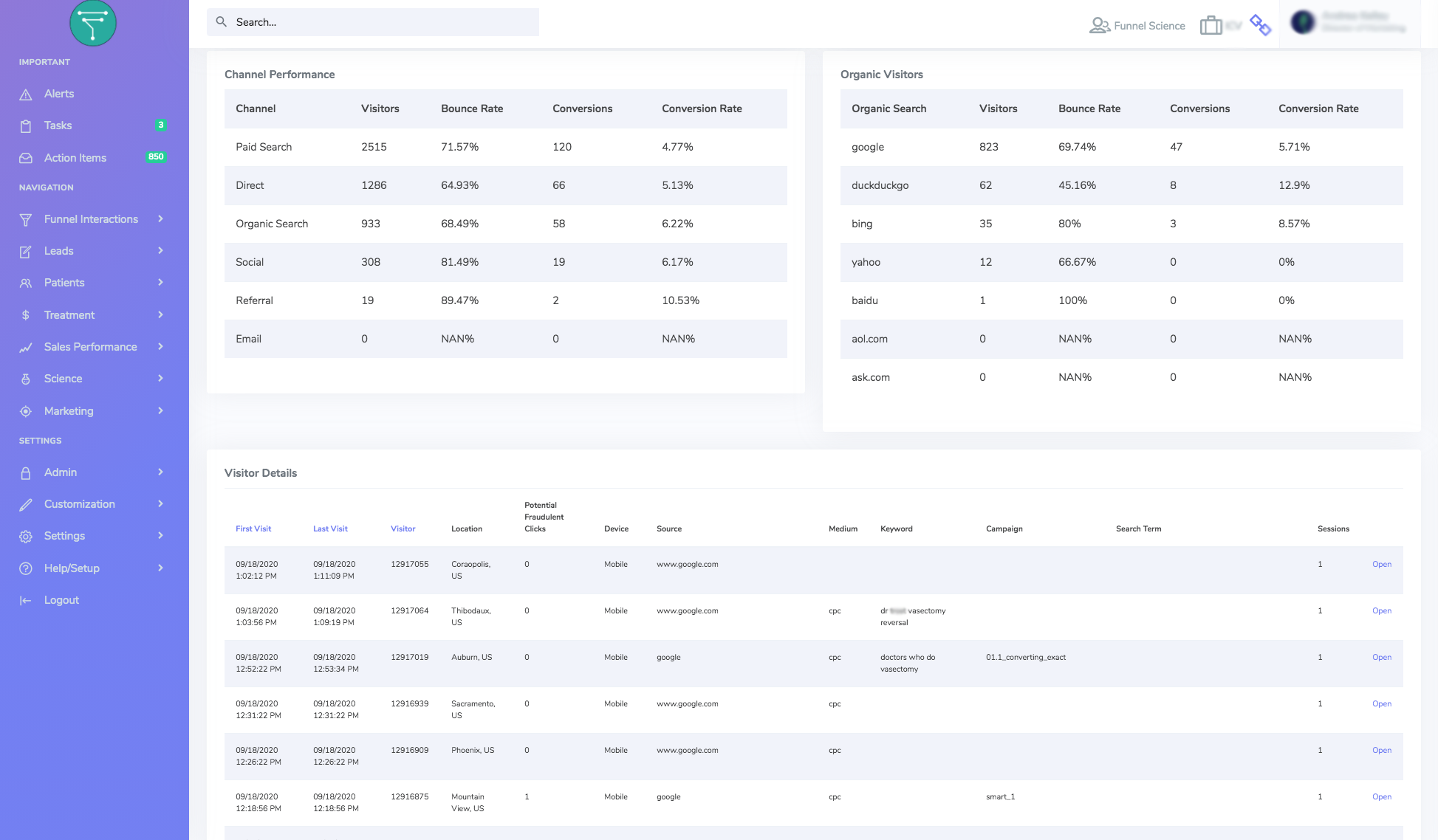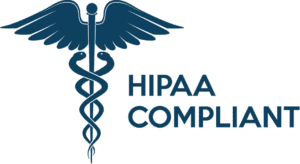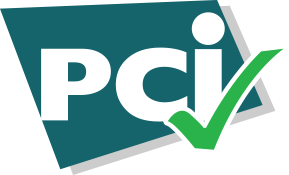Marketing Science
Funnel Science pioneered marketing as a science since 2011 and we were the first to create the process of Funnel Science. This is a data-driven approach using the scientific method, experimentation, math modeling, and quality control through analytics to optimize the customer journey. The approach of utilizing a “funnel,” from awareness to purchase and applying the scientific method of testing each step in the customers journey as they interact with your brand.
Traditionally ad agencies used a creative process larger based on feelings and opinions. The marketing team would create ads, commercials, promos based on what they thought was best and never testing various different creatives to determine the winning version. The term optimization is actually based on math which means to lower a cost or maximize an outcome. The marketing industry has misused the word to optimize and marketing rarely if ever use math as a core competency in their approach. To optimize in the business setting means to lower waste, reduce costs, reduce inefficiencies such as lowering the cost per acquisition. When you optimize for growth it means to that you are maximizes sales, increasing close ratio, increasing profit, increasing customer lifetime value.
Marketing as a science deep analytically understanding using mathematical modeling, split testing, simulations, and optimizations through an approach of quality control. Choice modeling, conjoint analysis, latent class regression, logistic regression, factor analysis, discriminant analysis, time-series analysis, and Bayesian statistics are some of the commonly used techniques. The goal is to build simulation models at the micro level (advertising, promotion, etc.) and the macro level (the overall mix of marketing inputs), so that optimal solutions can be derived.
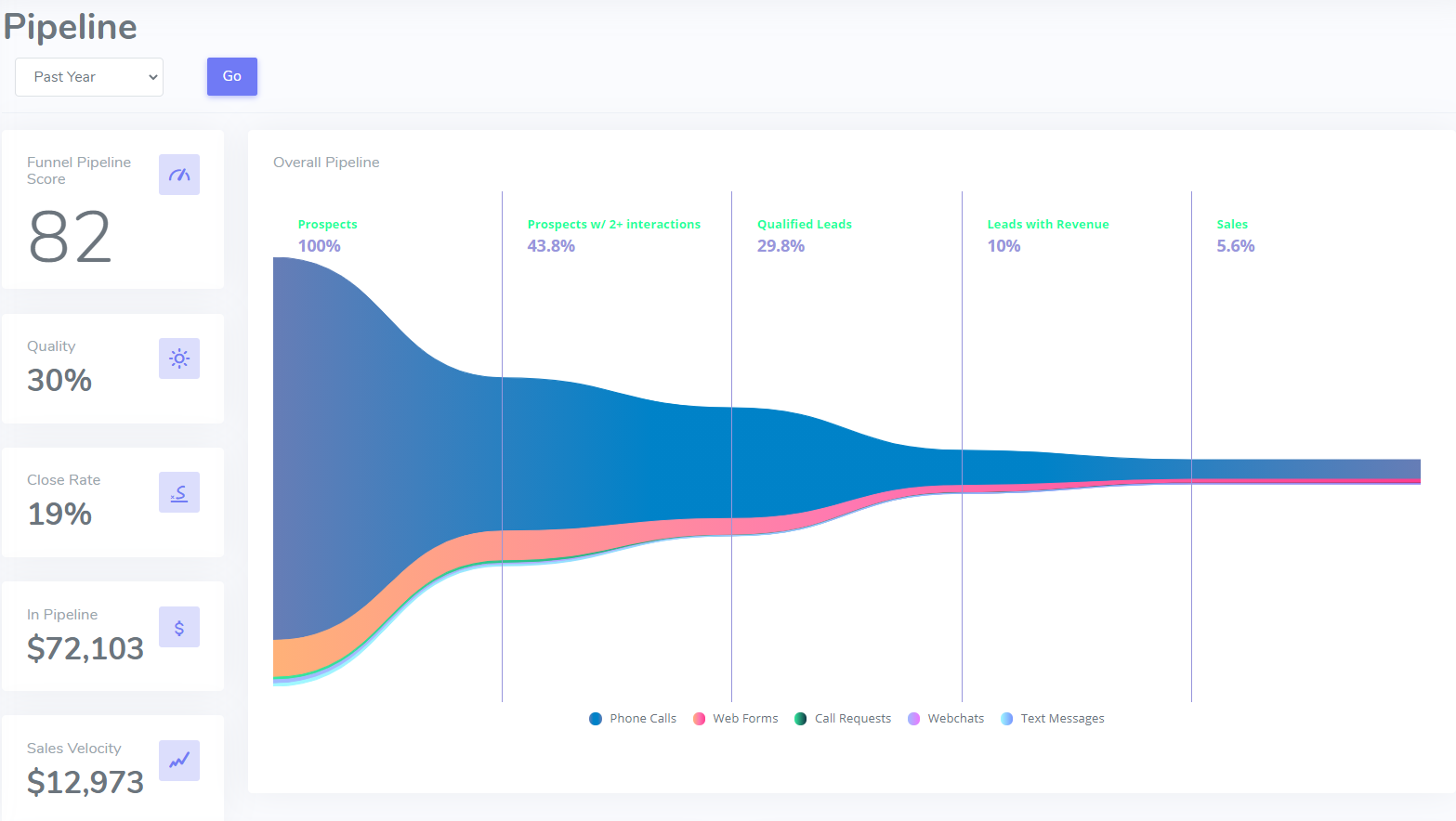
“Funnel science analytics” refers to the process of using data analysis techniques to gain insights into the performance of sales or marketing funnels. It involves collecting and analyzing data at various stages of the funnel to understand user behavior, identify bottlenecks, and optimize the funnel for better conversion rates and outcomes. Here’s how funnel science analytics works:
Data Collection: Data is collected from different sources, such as websites, landing pages, email campaigns, social media, and more. This data includes metrics like clicks, conversions, bounce rates, time spent on pages, and interactions with various elements.
Segmentation: Data is often segmented based on different user characteristics, sources of traffic, or other relevant factors. This allows for more targeted analysis and insights into specific user groups.
Visualizing the Funnel: The collected data is organized to visualize the funnel, which typically consists of multiple stages (e.g., awareness, consideration, conversion). Visualization tools like flowcharts or graphs help to understand the user journey and drop-off points.
Identifying Bottlenecks: By analyzing the data, you can identify stages where a significant number of users drop off or fail to convert. These are potential bottlenecks that need to be addressed to improve the funnel’s performance.
Hypothesis Formulation: Based on the identified bottlenecks and user behavior patterns, hypotheses are formulated about what might be causing the issues. For instance, if a high percentage of users drop off at the checkout stage, there might be issues with the payment process.
Testing and Optimization: Strategies are developed to address the identified issues. Changes might involve optimizing page layouts, improving messaging, simplifying forms, or other adjustments that encourage users to move through the funnel.
A/B Testing: Different versions of elements within the funnel are tested to determine which version performs better. A/B testing helps validate hypotheses and refine the funnel further.
Monitoring and Iteration: Funnel science analytics is an ongoing process. After implementing changes, the performance is closely monitored, and adjustments are made based on new data and feedback.
Performance Metrics: Various performance metrics are used to assess the effectiveness of the funnel, such as conversion rates, click-through rates, abandonment rates, and customer lifetime value.
Data-Driven Decision-Making: Insights gained from funnel science analytics guide strategic decision-making, resource allocation, and marketing efforts to maximize the efficiency and success of the funnel.
Overall, funnel science analytics helps businesses make informed decisions to improve the user experience, increase conversions, and achieve better business outcomes. It requires a combination of data analysis skills, domain expertise, and the use of appropriate analytics tools and software.

Landing Pages

Phone


Messages

Digital Display
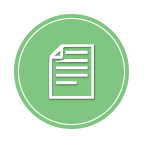
Forms
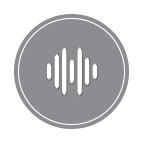
Voice
Lead Management
Custom CRM and Lead Automation
Tools designed to increase conversion rate and improve lead quality
Sales & Customer Management
Complete pipeline management, forecasting, and revenue reports
Marketing Automation
Automations linked from your website to email, texts and API or Zapier linking for closed loop marketing sytems.
Phone Call Tracking
Ranked as 1 of the best call tracking softwares on Capterra and Software Advice.
Custom Form Tracking
Build custom forms in minutes that directly link with your CRM, Campaigns, Tracking, and Reporting
Multi-Messaging Capabilities
Track everything in 1 place, with 1 sign. All of your calls, emails, texts, web forms in 1 database to use for marketing and sales
Powerful Optimizations Powered by Funnel Science AI
